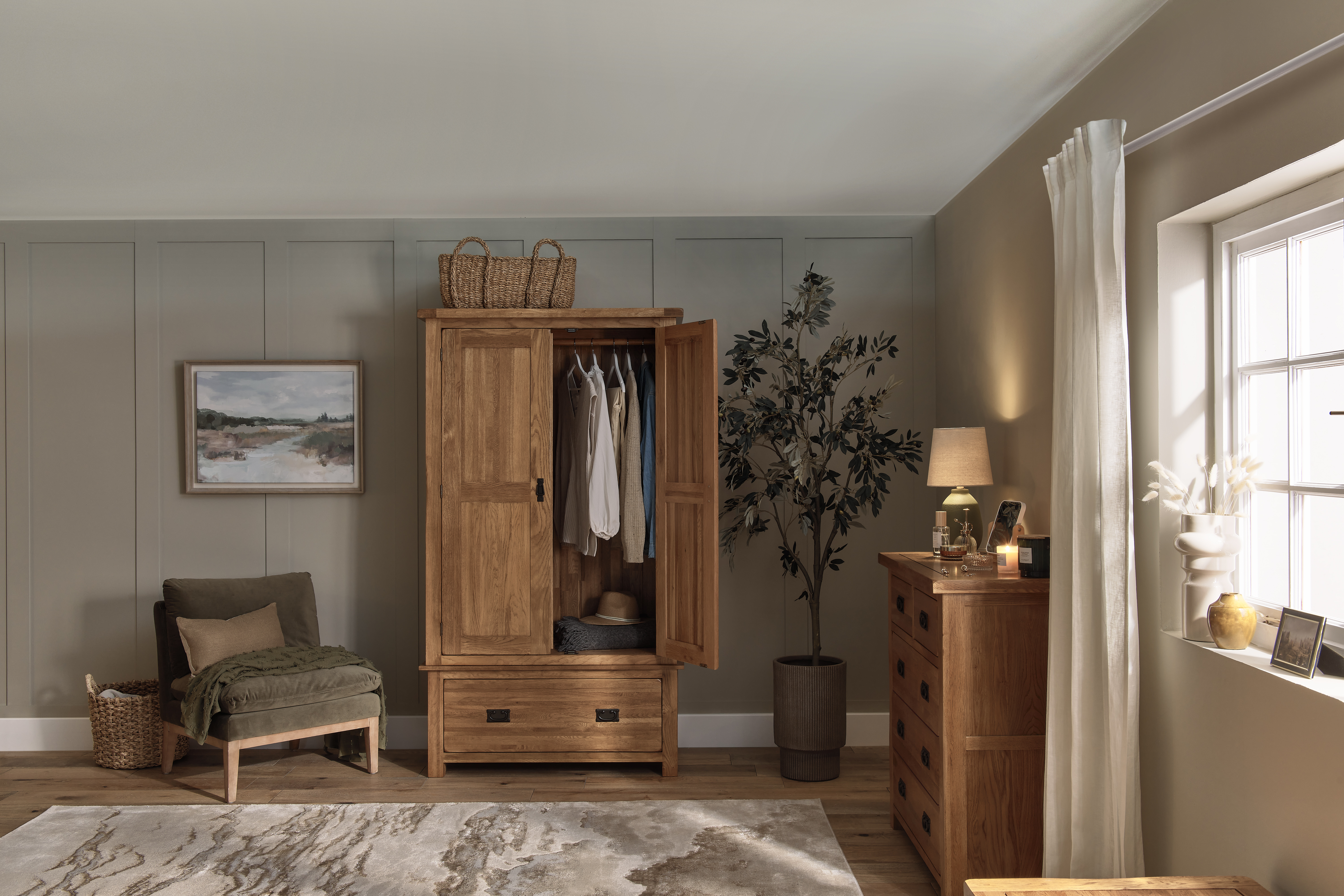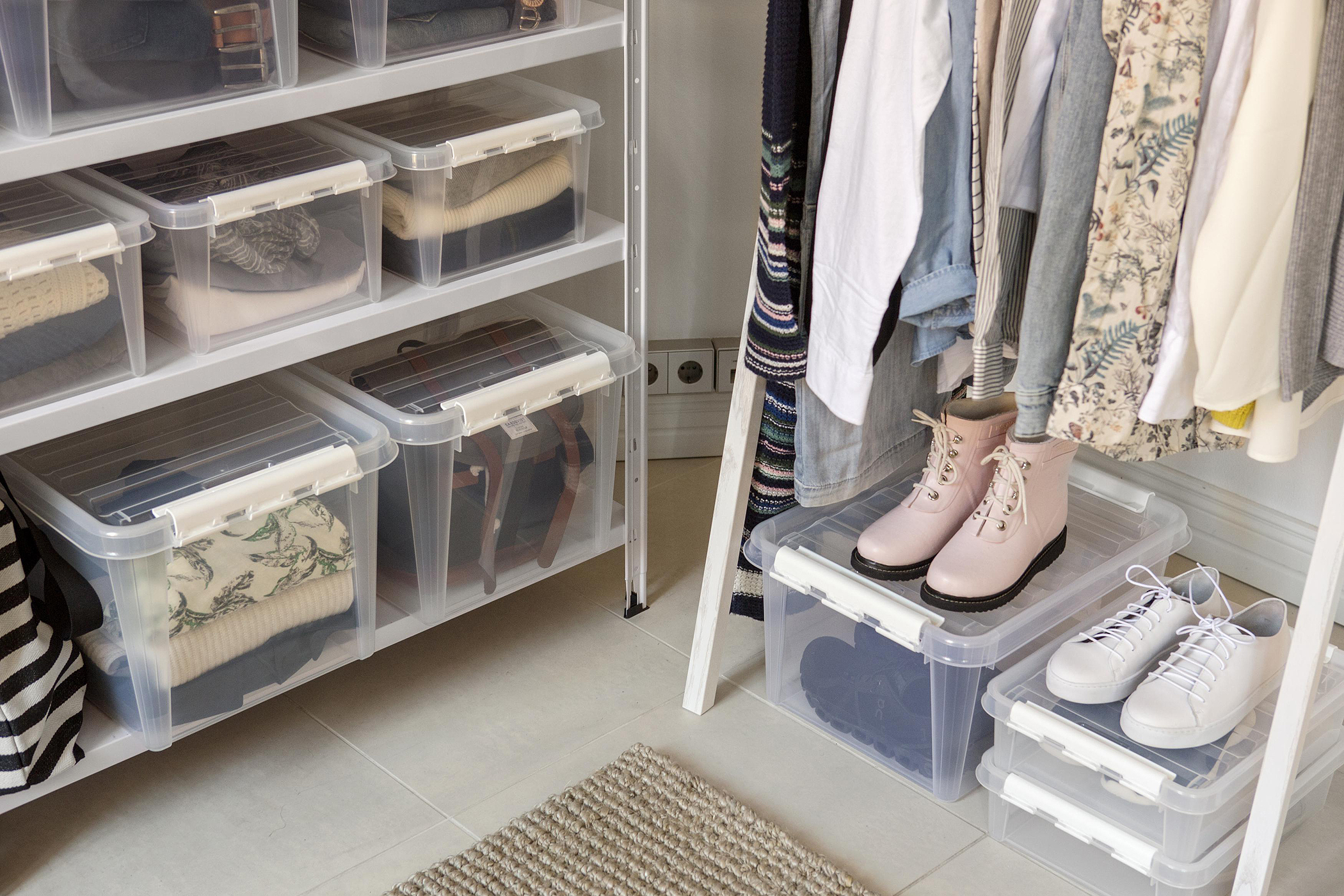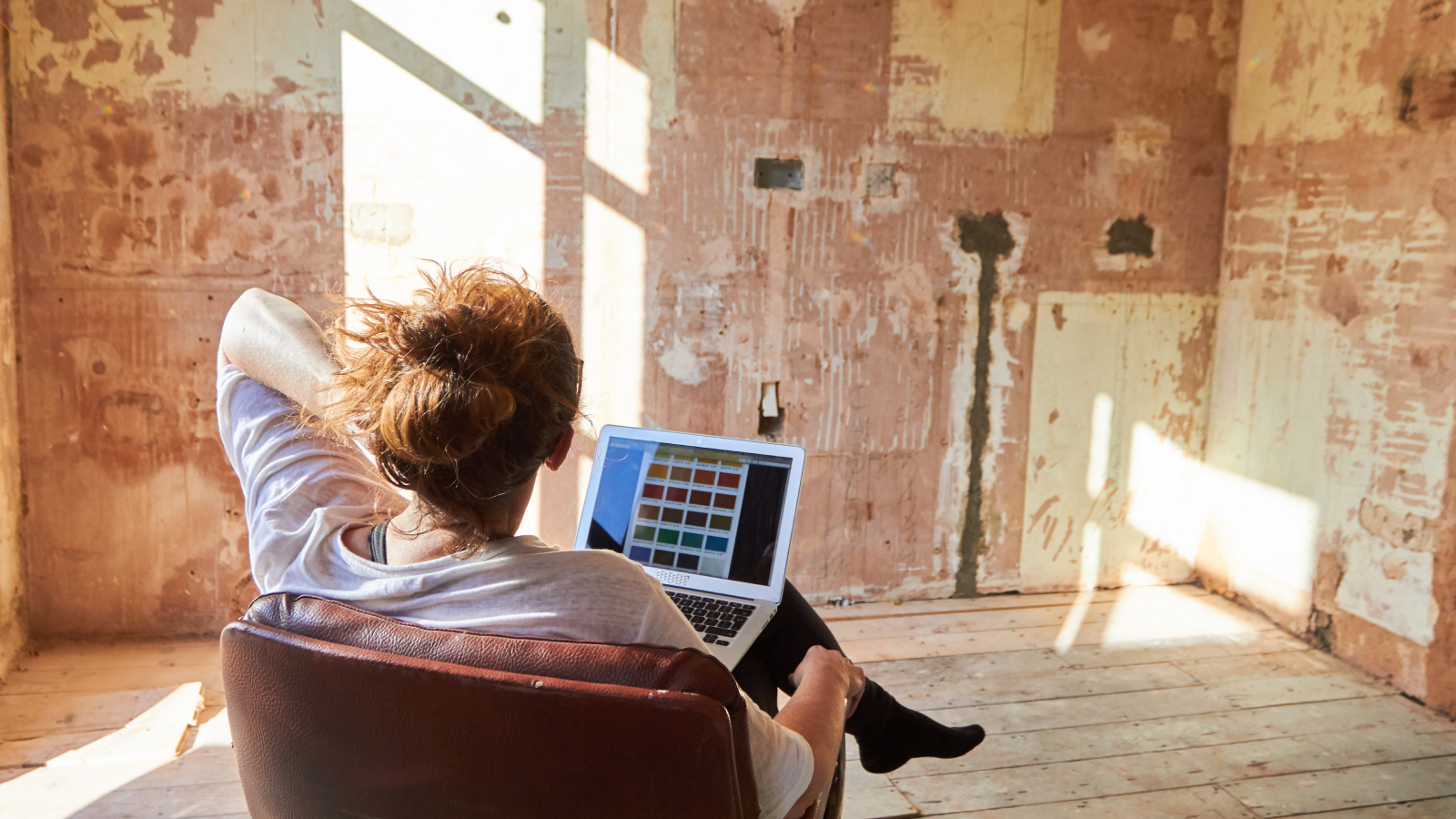Bedroom wardrobe ideas to inspire any tidy sanctuary
Discover how to best organise clothing in any size of space with these bedroom wardrobe ideas

We ask a lot of our bedrooms, these days, many of which contradict each other. From a place for peace as well as a place to wake up and feel energised in the morning, to a grown-up minimalist sanctuary as well as a storage space for clothing.
Bedroom ideas need to incorporate practical ways to combine all of the above, and the furniture you select for this space, is just as important as the curtains, decoration or other furnishings.
Bedroom wardrobe ideas: Before you buy
Before you make any sudden movements in buying a wardrobe for your bedroom, you will need to weigh up fitted wardrobes vs freestanding wardrobes to decide if you need/want seamless and sleek built-in units or something more moveable. Both come with significant benefits.
Built-in bedroom wardrobes tend to be more customised for your use, even if you go with off-the-shelf Ikea units. They can include dedicated shoe, suit, jewellery and tie storage that help keep everything in it's place. However, this design will be a compromise on space, and a chunk of your floor space will be sacrificed.
Freestanding wardrobes for bedrooms, on the other hand, are generally more compact and won't stow away as many things, but can be fitted into alcoves or awkward spaces that would otherwise be wasted.
We will go into both in more detail below.
1. Get your sizes right

"The size of a wardrobe should be proportional to the room's size to ensure the room looks balanced," advises Adam Brown, director of The Painted Furniture Company.
Bring your dream home to life with expert advice, how to guides and design inspiration. Sign up for our newsletter and get two free tickets to a Homebuilding & Renovating Show near you.
"For smaller bedrooms (less than 100 square feet), a compact wardrobe around 4 to 6 feet wide and 2 to 2.5 feet deep is usually appropriate. This ensures that the wardrobe does not dominate the space and allows for adequate movement and other furniture.
"For medium-sized rooms (100-200 square feet), a wardrobe between 6 to 8 feet wide and 2.5 to 3 feet deep is most suitable. This size provides ample storage without overwhelming the room.
"In larger bedrooms (over 200 square feet), a more substantial wardrobe, 8 feet or wider and 3-4 feet deep, can be accommodated. This allows for extensive storage options and can even include additional features like a dressing area or built-in drawers."

After extensive experience in the furniture industry, Adam founded The Painted Furniture Company with his wife, Rosy. He has a wealth of knowledge and insight in interior design and acts as director for the company.
2. Make the wardrobe storage bespoke to your needs

Although buying off-the-self is a routine course and one that most of us will have to take, you need to ensure the bedroom storage ideas are exactly what you're after. Blank canvases can be customised with drawer splitters, removable boxes for seasonal items (think scarfs and gloves vs sunglasses and sunhats) and changeable shelf heights.
The most important thing when buying this type of wardrobe for a bespoke twist is how it will fit in the room.
"The height of the wardrobe should ideally utilise the vertical space available, but not be so high that it becomes inaccessible," explains Adam Brown. "Standard wardrobe heights are around 6 to 8 feet, but in rooms with high ceilings, taller wardrobes may be considered and are available by choosing a bespoke furniture manufacturer."
3. Opt for luxury with a built-in design

A floor-to-ceiling built-in wardrobe maximises every inch of space available, allowing bulkier or lesser-used items to be stored at the top, leaving the most valuable eye-level shelves and drawers tidy and organised.
The best built-in wardrobes complement the rest of the bedroom's design and decor without overpowering it. If your room has particularly high ceilings, a quaint step-ladder in the same colour will be particularly helpful. Or, if you're feeling incredibly opulent, some of the most fantastic designs we've seen include a sliding library ladder.
4. Stay classic and elegant with freestanding storage

A freestanding wardrobe will be what most of us are familiar with, and for good reason. They're versatile and space-efficient, with some units lasting decades (or longer) with a little maintenance.
We particularly like the look of painted wooden furniture to give an elegance to a room, but some plastic or metal choices can suit different aesthetics and be a bit more durable.
5. Consider open rails for a clean view of clothing

"In lots of countries, the favoured option for clothes storage is freestanding clothes rails or open wardrobes – the built-in is very much a British look!" explains Simon Glanville, founder of A Place for Everything.
"There are benefits to both but a plus-point for freestanding clothes rails for instance is they give a light airy feel to a room as well as being useful to access your most frequently worn items of clothing like jackets, dresses or shirts."

Simon Glanville has lived and breathed storage for over 20 years, growing the storage and organisational retailer 'A Place for Everything' from an initial bricks and mortar store in Chester. When it comes to practical and stylish storage solutions, there's very little Simon can't help with.
6. Expand into a divided bedroom and walk-in wardrobe

One of the most interesting styles we've seen lately is combining an old-school dressing room with an elegant and peaceful bedroom by using one side of the wardrobe as a divider.
This allows maximum space efficiency in longer rooms and inspired an incredible amount of storage from all angles – this example even has a shoe rack down the sides and includes wiring for bedside lamps.
"Ensure the wardrobe does not block windows or doors and there should be enough clearance space in front of the wardrobe for doors or drawers to open fully – typically, at least 3 feet of clearance is recommended," advises Adam Brown.
7. Utilise every nook and cranny in period homes

Victorian or Georgian homes often come with period features, such as disused fireplaces in bedroom, which, while a lovely feature, can get in the way of fitting furniture neatly.
The best way we have found to combat this is to utilise the alcove with fitted wardrobes and levelling off the wall. While the room will feel smaller in some cases, the floor space will be much more usable.
For those with low eaves, say in a dormer bungalow or a loft conversion, there are so many products out there now to encourage tidy spaces with angled-top freestanding wardrobes for bedrooms and slanted clothing rails.
"Particularly useful for small or awkward spaces like in a loft room are ‘any angle’ clothes rails," says Simon Glanville. "They come in different lengths and can carry around 30 items so good for use as a main or supplementary clothes hanging option. Another great space-saver are versatile rails and open wardrobes that feature an extra bottom shelf or a series of smaller side shelves. These can also be used to great effect in hallways, with a basket for hats, another for gloves etc or one for each family member!"
If you are also considering your storage options in a bedroom, t's worth taking a look at our piece on bedroom storage ideas as well as storage for children's rooms. And if those don't give you enough space to put your items, there's always loft storage ideas to consider too.
Amy is an interiors and renovation journalist. She is the former Assistant Editor of Homebuilding & Renovating, where she worked between 2018 and 2023. She has also been an editor for Independent Advisor, where she looked after homes content, including topics such as solar panels.
She has an interest in sustainable building methods and always has her eye on the latest design ideas. Amy has also interviewed countless self builders, renovators and extenders about their experiences.
She has renovated a mid-century home, together with her partner, on a DIY basis, undertaking tasks from fitting a kitchen to laying flooring. She is currently embarking on an energy-efficient overhaul of a 1800s cottage in Somerset.

